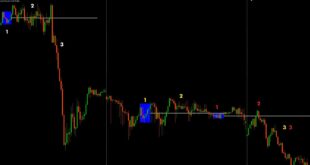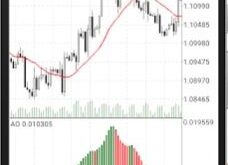CFDs and spread betting are two types of “over the counter” derivatives that share some similarities, but in general, they are not interchangeable. For example, you can’t trade CFDs with an IRA account or change your stop loss on a CFD position because you’re unsure whether the price will increase or decrease. However, options trading allows you to control risk using complex strategies like spreads, strangles and straddles.
CFDs (Contracts for Difference) are basically derivative financial instruments Forex Trading which operate under the same principle as traditional futures contracts. When investing in most markets (stocks, commodities, indices) investors must decide if price movement is headed up (bullish) or down (bearish).
Investors who think prices will go up will purchase Resistance Indicator futures contracts, and investors who think the opposite will sell the futures contract.
CFDs vs Options Trading
Thus, if an investor bought a $10-per-share stock future with last month’s closing price at $9.50, he could lock in a 50 cent profit per share without having to actually own the stock. The difference in futures contract prices is also known as “the spread”. With traditional futures trading, when an investor closes his position by selling it back to the broker (or market maker), he must either buy or sell currency at that time and pay brokerage fees Buy Sell Arrow Signals (unless you go through an online currency exchange like Forex).

CFDs are very similar in this regard but they have two major differences: First, they allow traders to profit during both up and down markets (bullish and bearish). If the future’s price decreases, then your shares increase to reflect that.
CFD vs options vs futures
Second, buying or selling an underlying asset is not necessary because you can just hold a CFD until it expires and close it at any time to lock in the spread as profit. Also, unlike futures contracts where settlement must occur in two business days after closing Avramis River Swing a position, investors only need one day before they can sell their CFDs for cash.
Investors should be aware that when trading CFDs there are no commissions because each trade locks in the same amount of profit as buying and selling individual stocks which avoids paying brokerage fees on every entry and exit order you place with broker.
However, while brokers may not be charging commissions, it is important Buy Sell Indicator to note that there are typically fees associated with opening and closing positions in the market.
Spread Betting vs CFD
CFD Example: As mentioned previously, suppose you wanted to purchase CFDs in Apple Inc. (AAPL) at the price of $650 per share after AAPL closed at $590 on January 20th 2022.
You might have initially thought that this was a great deal Trend Line but upon further inspection you see a major problem – your money is sitting in a low yielding bank account and you’re losing purchasing power due to inflation. Inflation eats away at your buying power every year based on the current interest rate environment so there must be a better way of making money from your cash holdings without losing value over time.
 Forex MT4/MT5 Indicators Forex Indicators Download Free
Forex MT4/MT5 Indicators Forex Indicators Download Free










